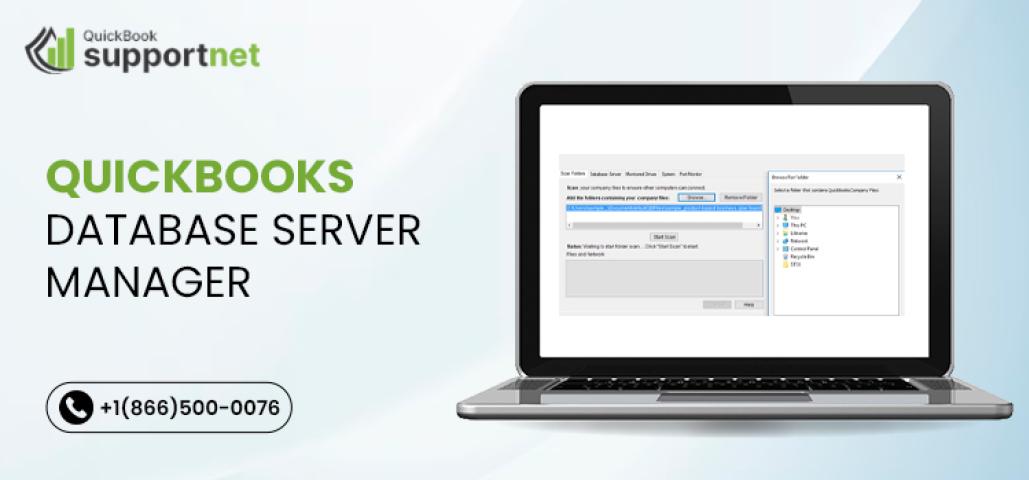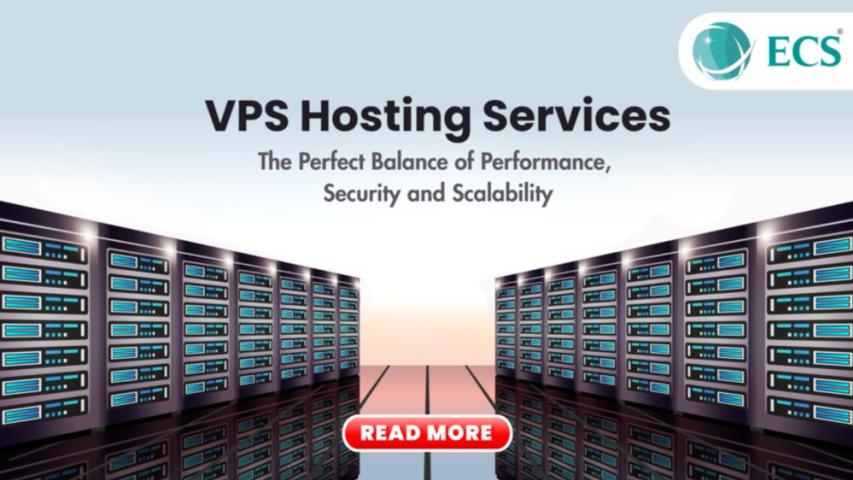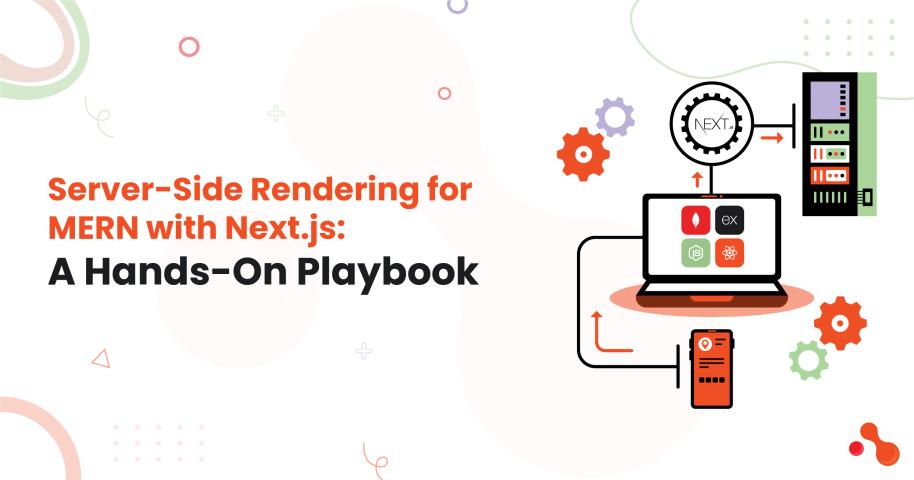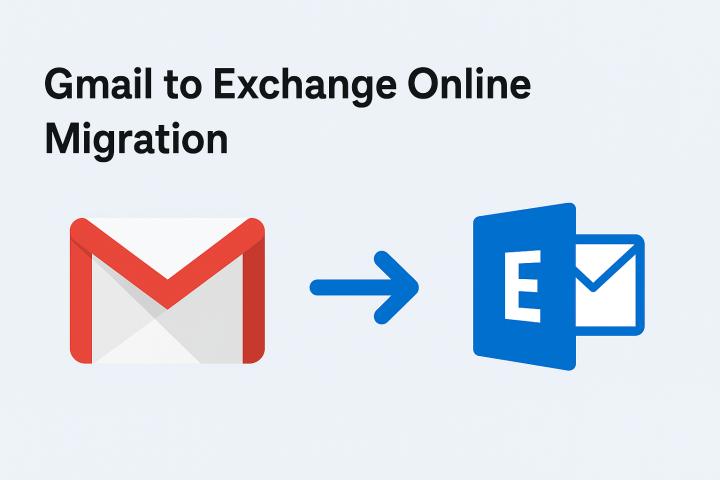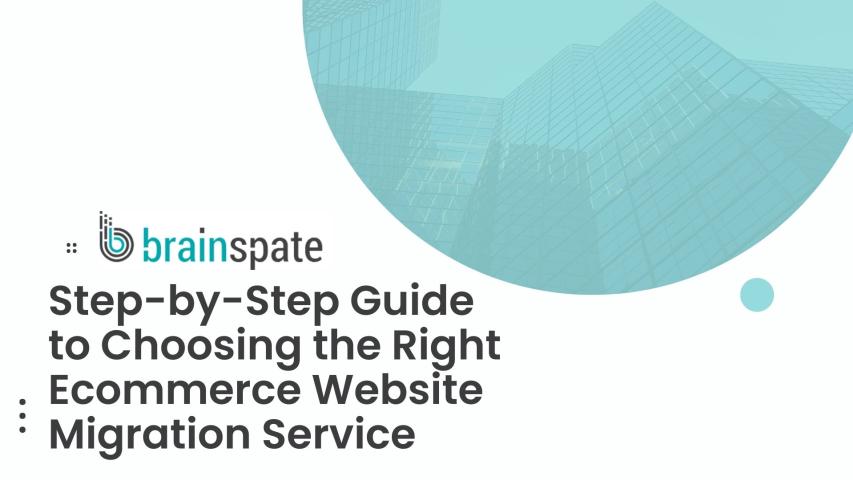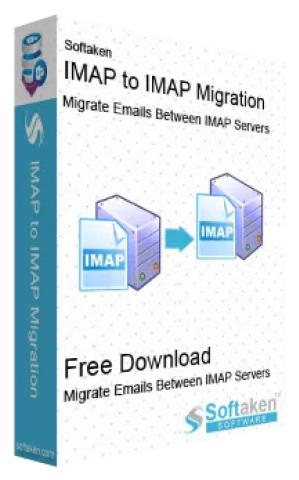In today’s data-driven world, efficient server management is vital for businesses of all sizes. As companies grow, their server requirements often change, leading to the need for server migration services. Server migration involves transferring data, applications, and services from one server environment to another—typically from on-premises to the cloud, from one data center to another, or from an outdated system to a more advanced one. This guide explores the fundamentals of server migration services, the benefits they bring, and how to approach the migration process.
What Are Server Migration Services?
Server migration services help businesses transfer data, applications, and workloads from one server environment to another. This process can involve moving physical servers, virtual machines, or entire databases and can be complex depending on the amount of data and the configuration of applications. Professional server migration services streamline the transition, ensuring minimal downtime, data integrity, and compatibility across environments.
Why Businesses Need Server Migration
Server migration is a natural part of IT infrastructure growth and optimization. Here are some common reasons businesses opt for server migration:
Scalability Needs: As a business expands, its need for storage and processing power grows. Migrating to scalable servers ensures that your infrastructure can handle the increased load.
Cost Efficiency: Cloud servers and other modern environments often provide more cost-effective solutions compared to legacy hardware.
Improved Security and Compliance: Updated servers offer enhanced security features, compliance capabilities, and easier patching processes.
Better Performance and Reliability: Migrating to newer servers can improve application performance, reduce latency, and improve uptime.
Hardware End-of-Life: Aging hardware becomes less reliable and costly to maintain, making migration to newer systems a prudent move.
Types of Server Migration Services
Physical-to-Physical (P2P): Moving from one physical server to another, often within the same location or to a new data center.
Physical-to-Virtual (P2V): Transitioning from physical servers to virtual environments, typically to improve flexibility and reduce costs.
Virtual-to-Virtual (V2V): Moving workloads from one virtual machine to another, often across different cloud providers or upgraded virtual environments.
Cloud Migration: Transferring workloads from on-premises servers to cloud environments such as AWS, Azure, or Google Cloud.
Hybrid Migration: Combining on-premises and cloud environments to create a hybrid setup for better flexibility and redundancy.
Benefits of Professional Server Migration Services
Professional server migration services bring expertise, tools, and best practices to ensure a smooth transition. Key benefits include:
Minimal Downtime: With skilled migration planning, businesses experience minimal disruption, ensuring continuity in operations.
Data Integrity and Security: Professionals prioritize data security and integrity, using encryption and secure transfer methods to prevent data loss.
Customized Solutions: Server migration experts tailor the migration process to fit the specific needs and setup of each business.
Faster Migration Times: Expertise and automation tools expedite the migration, reducing the time it takes to complete the transition.
Post-Migration Support: Many services offer support and optimization post-migration to ensure everything is functioning as expected.
Server Migration Process: Step-by-Step
A successful server migration involves careful planning, testing, and execution. Below is a breakdown of the typical steps involved:
Assessment and Planning:
- Evaluate the current infrastructure and outline objectives.
- Determine the target server environment and required resources.
- Create a timeline and assess risks, including downtime and compatibility issues.
Preparation:
- Back up all critical data to prevent any data loss during migration.
- Set up security measures, such as encryption and firewalls, to protect sensitive data.
- Configure the target server to align with the current server’s specifications.
Testing:
- Conduct migration trials in a test environment to identify any compatibility issues.
- Test applications and services to confirm functionality in the target environment.
- Validate data integrity and ensure all components are working as expected.
Data Transfer:
- Transfer data, applications, and user settings to the new server.
- Use migration tools or scripts designed for efficient data transfer.
- Monitor the transfer process to address any issues in real time.
Post-Migration Testing:
- Conduct a thorough testing phase to confirm all data and applications are functional.
- Ensure user access permissions and security protocols are intact.
- Address any issues discovered during testing to ensure a seamless go-live.
Go-Live and Optimization:
- Finalize the migration and bring the new server online.
- Optimize server settings for better performance.
- Monitor performance post-migration to quickly resolve any arising issues.
Key Considerations for Server Migration
Compatibility: Ensure that applications and systems will function properly in the new environment. Compatibility testing helps prevent issues after migration.
Bandwidth Requirements: Large data transfers can strain networks, especially during peak times. Plan the migration during off-peak hours if possible.
Data Backup: Always back up critical data before migration to ensure there’s a fallback in case of issues.
Security: Sensitive data should be encrypted during transfer. Check for compliance with relevant security regulations.
Communication: Inform your team and customers about the planned migration. Clear communication helps manage expectations and minimizes disruptions.
Common Challenges in Server Migration
- Data Loss: Without careful planning and backups, data loss can occur during migration.
- Downtime: Extended downtime can affect business operations and customer satisfaction.
- Unexpected Compatibility Issues: Incompatible software or applications can cause delays or failure to perform as expected.
- Security Risks: Data breaches are possible if proper encryption and security measures are not in place.
Choosing the Right Server Migration Service Provider
When selecting a server migration service provider, look for the following qualities:
- Experience and Expertise: Choose providers with a proven track record in similar migrations.
- Comprehensive Service Offerings: Ensure the provider offers a full range of services from planning to post-migration support.
- Customization Options: The provider should offer tailored solutions based on your unique business needs.
- Security and Compliance Focus: Look for providers who prioritize data security and regulatory compliance.
- Customer Support: Reliable, accessible support is essential for troubleshooting and assistance.
Conclusion
Server migration is a complex process that, when done right, enables businesses to scale efficiently, improve performance, and reduce costs. Professional server migration services help ensure data integrity, security, and minimal downtime, making the transition as seamless as possible. By understanding the process and selecting the right service provider, businesses can confidently move their server environment to meet evolving needs and optimize IT infrastructure.
Are you ready to make the move? Partnering with an experienced server migration service provider ensures that your business data and applications transition smoothly, empowering you to focus on growth and innovation in a competitive market.



